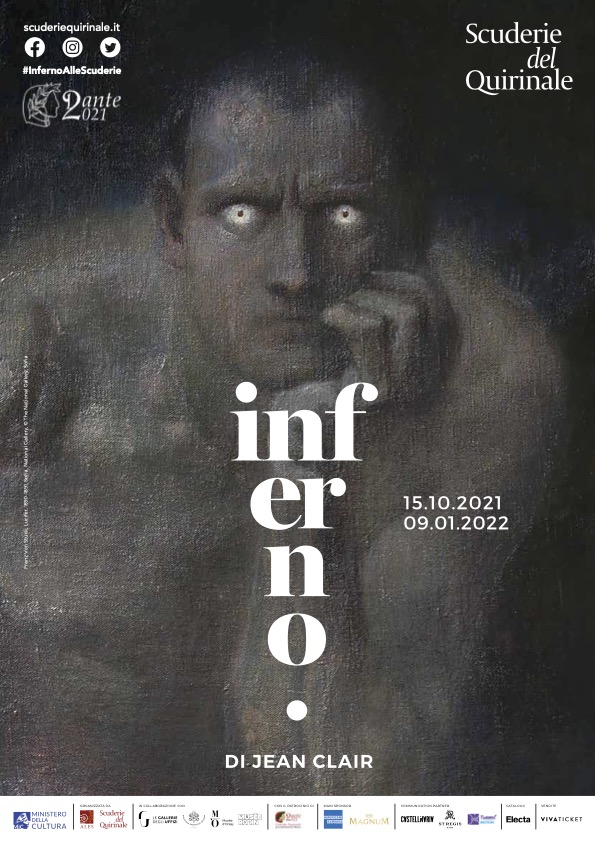Ugolino/Paolo and Francesca
Giuseppe Frascheri Francesca da Rimini, 1846 Genova, Musei di Nervi – Galleria d’Arte Moderna
The text in the catalogue by Lucia Battaglia Ricci identifies in the terrible scene of Ugolino and his children imprisoned in the Torre della Fame, the subject that first contributes to decouple, in the centuries-old matter of the Dante by images, the stories of the characters encountered by the pilgrim, both from the text and from the continuous history that it hands down, with its rigid moral and doctrinal coordinates.
It is precisely with Ugolino’s story that Dante arouses the interest of English artists between the 1870s and the very early 1800s, such as Reynolds, Füssli, Flaxman, Blake. From then on, we witness a veritable deluge of paintings dedicated to portraying other stories - particularly that of Paolo and Francesca, for which there are several hundred visual representations.
William Blake, representing Paolo and Francesca in his watercolors made between 1824 and 1827, accepts the couple’s love, much more than Dante had done. The whirlwind that sweeps them away resembles a rising flame. Dante's supine figure seems to be dreaming. And what does Blake's Dante dream about? He dreams of both the joint rising of the two souls and the glorious eternity of their love, and two distinct images depict the two concepts.
The use of the double image corresponds to that of the similes used by Dante to offer two points of view on what he describes. In watercolor number 45 Blake even uses one image to depict the action told by Dante, and a second one for the comparison with which the poet enriches it.
In the nineteenth century, artists extract moments that they feel close to their sensitivity even from the depiction of Dante's journey as a pilgrim, who, as we have seen, has a more consolidated fortune.
Often they create paintings capable of living an independent life. The various “stories” fold under the hands of the artists, take on the most diverse meanings, in some cases even decidedly anti-Dante. The most symptomatic example is once again Ugolino: a traitor, for Dante, or even a father who fed on the flesh of his children.
Once extracted from the book and from the precise narrative and ideological construction of Dante's Inferno, the Pisan Count can be represented and understood not as a traitor, but as the one betrayed, if not even adopted as a victim of power, as a symbol of freedom. The operation of Delacroix's The Barque of Dante, which we mentioned in the previous point, is similar, and in fact the canvas was immediately adopted by contemporaries as a true manifesto of Romanticism. Auguste Rodin's sculpture The Kiss is also an example of appropriation. Evolution of the "Paolo and Francesca" created for the Gates of Hell, the statue becomes an image of the amorous passion, without references to Dante's complex reflection on the conflict between passion and reason.
For Dante, every story recorded in the poem relied on a complex balance between human passions and granitic moral certainties. The nineteenth century erases this system. After all in ways not too dissimilar from the appropriations of the first centuries, when Dante was called upon to support each of the gradually prevailing cultures.



